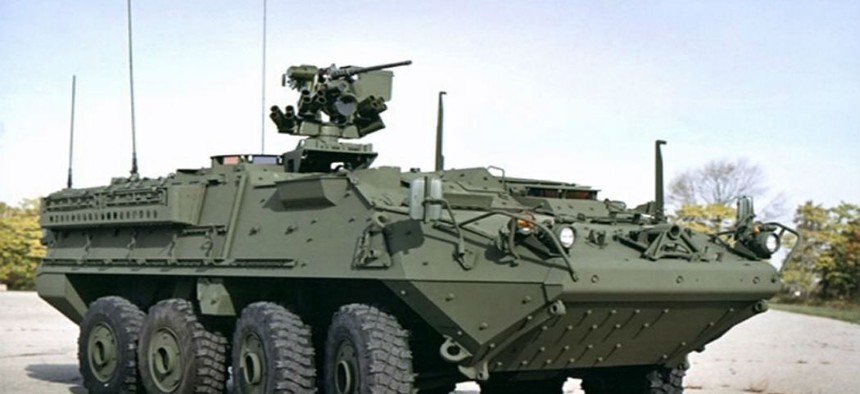Army tests new targeting system in Alaska
JETS seeks to give forward observers the ability to call in precision fire with a lightweight package.
This month, the U.S. Army completed the latest step in its development of the Joint Effects Targeting System (JETS) at the Cold Regions Test Center. JETS is a joint-interest program with the U.S. Marine Corps and Air Force for use by forward observers in the field.
The JETS program seeks to provide dismounted infantry soldiers with the ability to call in precision fire with a lightweight package. The roughly 5.5-pound JETS system would replace the Lightweight Laser Designator Rangefinder which weighs approximately 35 pounds and is technically a crew-served weapon geared towards static positions.
JETS trades weight for a more limited range, but in an earlier statement, Maj. Rob Heatherly, assistant project manager for JETS, said the product “will be in the hands of that forward observer...they don’t need the great range as much as they need precision targeting and quick response.” Lt. Col. Michael Frank, the product manager of soldier precision targeting devices, said bluntly of JETS ability in the field: “I turn a howitzer or a Paladin into a giant sniper rifle.”
Six teams of soldiers from the 1st Stryker Brigade took part in the mountainous testing over nearly two weeks. According to contract requirements, accuracy of the system must be equal or less than 10 meters at 2.5 kilometers. JETS is made up of a target location, azimuth and vertical angle, and laser marker modules. These modules allow the system to remain accurate in a variety of weather conditions and function with a speed necessary in forward operations. DRS Technologies received a five-year, $339.3 million dollar contract to produce the system in December 2016.
The next phase of JETS testing by soldiers is set to occur in February of 2018. If it remains on track, the system would be fielded by September 2018.
NEXT STORY: DARPA hypersonic effort accelerates




